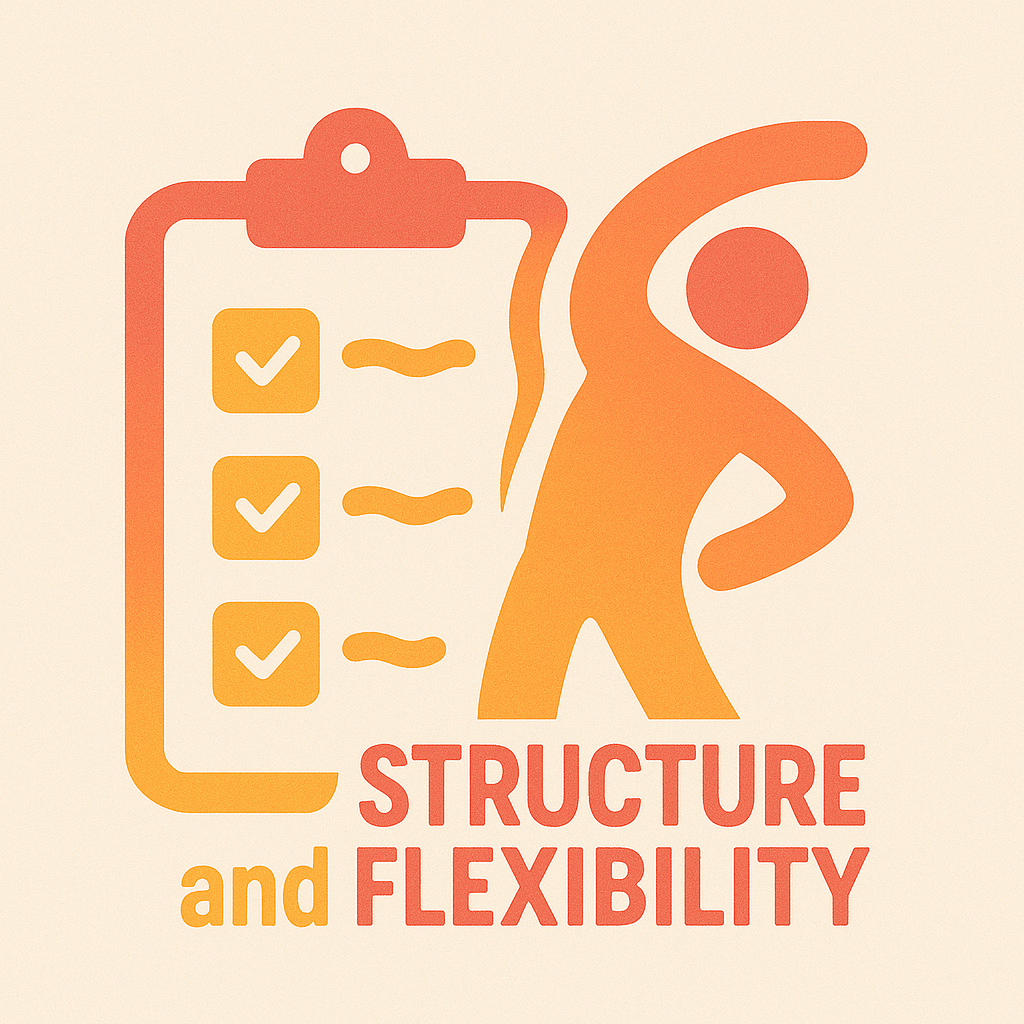Facilitating strategic planning with nonprofit and corporate organizations is a large part of my business. At the heart of my strategic planning approach is the Technology of Participation (ToPTM)’s participatory strategic planning methodology. ICA Associates in Toronto, Canada taught me this method, and it is described in the book Transformational Strategy: Facilitation of ToP™ Participatory Planning by Bill Staples. Contact ICA Associates for training in this methodology. https://ica-associates.ca/
The ToP participatory strategic planning process provides a clear, step-by-step framework that enables groups to move from big-picture visioning to practical action. When describing it to clients, I prefer to call it transformational strategic planning. A comprehensive process could include:
- Assess readiness for planning
- Know the internal and external environments and experiences
- Celebrate and build upon strengths
- Create inspiring and realistic goals (a practical vision)
- Identify underlying contradictions (challenges) blocking the goals
- Develop transformative strategies to address the obstacles and achieve the goals
Here’s why I love the ToPTM participatory strategic planning and continue to use it as my foundation. I love the structure and flexibility of the method.
- It honours and builds upon the past and present of the organization.
- It considers the factors and trends in the organization’s geographic location and sector.
- It encourages and enables participation by all individuals affected by and those who influence the decisions of the organization.
- It involves envisioning the desired future, recognizing the underlying obstacles that stand in the way of achieving it, and strategizing to overcome these obstacles and achieve the future goals.
- It opens conversations to different perspectives, bringing in everyone’s wisdom.
Participants in sessions I have facilitated described the benefits of the participatory strategic planning process in these words.
- This is the best strategic planning session in which I ever had the privilege of being a participant.
- The process used helped bring all members to a point of consensus on many issues that would have been very contentious.
- This process gave us direction and focus.
- The session resulted in opportunities for everyone’s views to be expressed and consensus to be achieved.
- You left us with a great working tool I believe will keep us focussed and moving in the right direction over the next year or two.
Structure and flexibility of participatory strategic planning
The ToP process provides a clear, step-by-step framework that enables groups to transition from big-picture visioning to practical action. The structure in a planning session typically includes:

- Practical Vision (what I call goals)
- The group articulates a bold, desired future (usually 3–5 years ahead).
- Written in impactful, descriptive statements
- Underlying Contradictions (challenges, obstacles, blocks)
- The group identifies what is standing in the way of achieving the goals.
- These are considered challenges to be addressed, not permanent barriers.
- Strategic directions (I often use the word, strategies)
- The group develops clear strategies to move from the current reality to the goals.
- These are broad, directional priorities that provide focus, typically over two or more years.
- Action Plans (following the strategic planning)
- Teams create practical, time-bound (typically one-year) action plans outlining tasks, responsibilities, timing, results, and resources.
Flexible Elements
Based on the structured flow outlined above, the participatory strategic planning process can be tailored to each group’s specific context.
Scale the process for available time and resources.
- I have facilitated the steps in a four-hour session, a two-day retreat, or spread across several months.
Customize the techniques to fit the group’s needs, desired results, and culture.
With the organization, determine the most pressing needs and use that step of the process. Examples:
- I recently facilitated a north star visioning activity with a large organization, using the Practical Vision/Goals component.
- I was explaining the process to a potential client, and when I mentioned Underlying Contradictions, she excitedly said, “That’s exactly what we need.”
- After creating goals, an organization told me that they were stuck. I facilitated a Strategy session and then helped them develop an implementation plan, using the Action Plan template.
Design and engage appropriately for the organization and participants.
The ToP process is suited for the use of various techniques, including small groups, plenary dialogue, written input, online collaboration, visuals, metaphors, storytelling, and analytical tools.
The process allows for diverse perspectives, engaging participation of all through different methods.
Integrate other facilitation frameworks.
- When I design a planning process, I like to weave together the ToP participatory approach with approaches like The Circle Way, Art of Hosting, Appreciative Inquiry, or Theory of Change—whatever best fits the organization I’m working with.
Structure and flexibility! A co-facilitator once said to me, “That’s the most freedom I have ever observed within a structure.” The structure of the participatory strategic planning process provides a reliable pathway, while the flexibility ensures relevance and ownership by the group.
